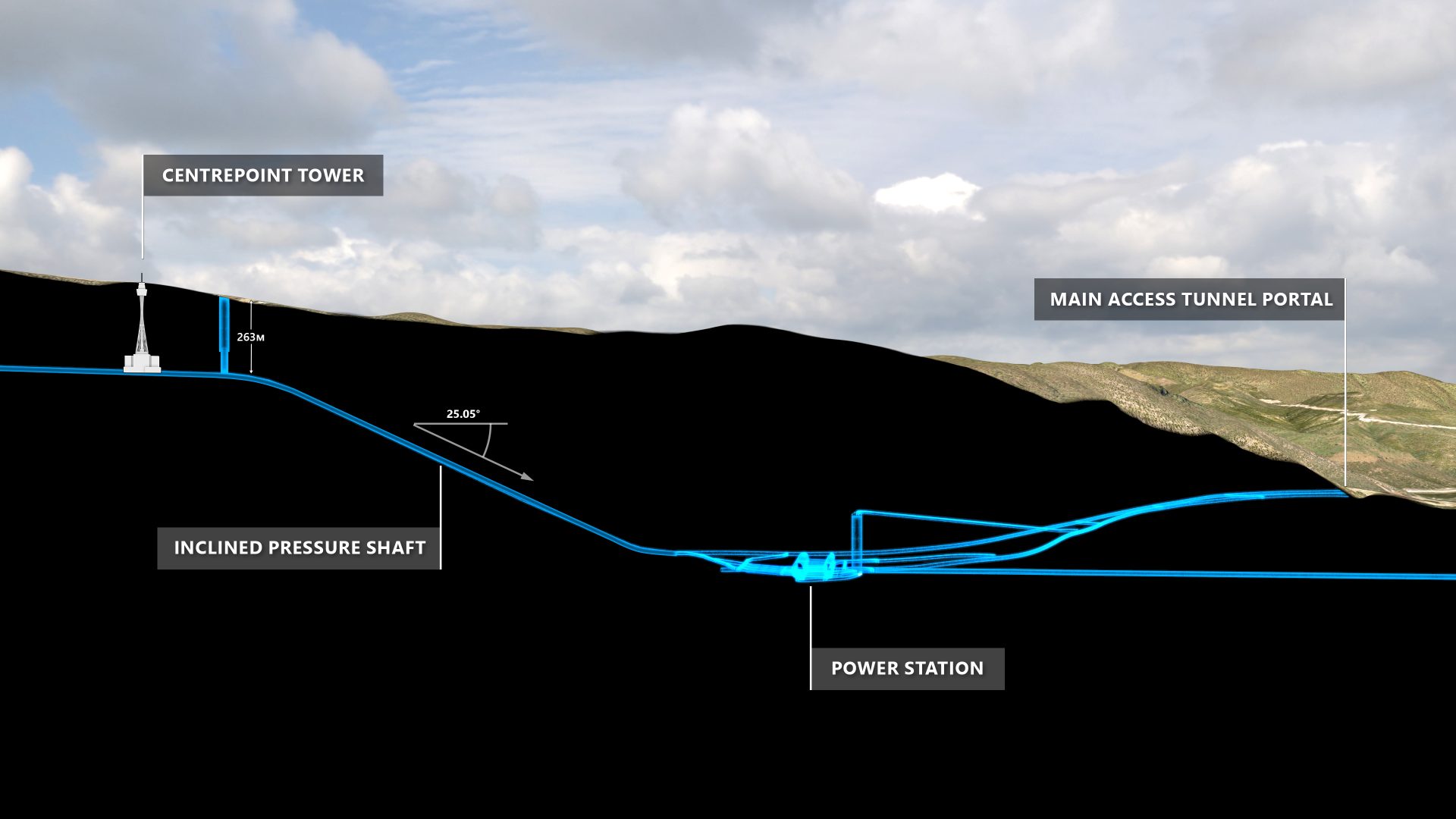In this month’s project update, we check on tunnel excavation at Talbingo, progress at the upstream surge shaft at Marica, and we hear about the specialised drilling underway to prepare for services such as power and communications between Lobs Hole, Marica and Tantangara.
Will Binsted, Snowy 2.0 Lobs Hole Construction Manager, has been working on the project for four years and is responsible for coordinating both surface and underground works. Will, who lives locally in Tumut, liaises with technical specialists as well as designers and project engineers across the busy worksite.
To see the latest Snowy 2.0 project’s statistics, view the fact sheet here.
A complex task is underway at Lobs Hole to drill boreholes for the pipes that will house power, water and fibre optic cable for communications across three of the Snowy 2.0 sites.
Horizontal directional drilling (HDD) is being used to drill 2.2km-long boreholes from Lobs Hole to Marica. The holes are initially 300 millimetres in diameter and have an elevation difference of 650 metres.
Two drilling operations are underway from top and bottom and will join up to create a continuous borehole before being enlarged to 660 millimetres in diameter.
This type of drilling is used for service lines that cross under waterways or underground structures and requires a high level of skill to maintain directional control while operating a drill string up to 1.8km long. Snowy 2.0 has contracted HDD experts Michels for the project.
The boreholes eliminate the need to construct approximately five kilometres of roads and excavate up to 60 metre cuts in the steep terrain, helping the Snowy 2.0 project team minimise environmental impacts.
HDD techniques will also be used to take services under the Snowy Mountains Highway and waterways across the plateau through to the Tantangara worksite.
At Marica, the 28 metre diameter headrace surge shaft is now one-fifth of the way to its final depth of 263 metres and we’re starting drill and blast activities. There are two hoisting buckets called kibbles with a capacity of 25 tonnes for loading out excavated rock.
Excavators break up the rock with hydraulic hammers before it’s loaded into the kibbles and craned out of the shaft. The kibbles are lowered into hoppers and the rock drops into an articulated dump truck before being removed to a temporary stockpile area.
With the shaft now more than 50 metres deep, an integrated work platform and personnel hoist is being installed to provide worker access. We’ve installed ventilation ducts to manage air quality.
At Talbingo, tunnelling of the tailrace adit is complete. TBM Lady Eileen Hudson is now excavating the tailrace tunnel alignment and heading towards the power station complex. This marks the start of the first power waterway on the Snowy 2.0 project.
Excavation is ahead of schedule, with more than 26 metres recently excavated in a single day. The tailrace tunnel is six kilometres in length, with TBM excavation continuing through to mid-2025.
Snowy 2.0 is being engineered to deliver clean and reliable energy storage and generation for the next 150 years. The target date for commercial operation of all units is December 2028, with first power expected in the second half of 2027.

